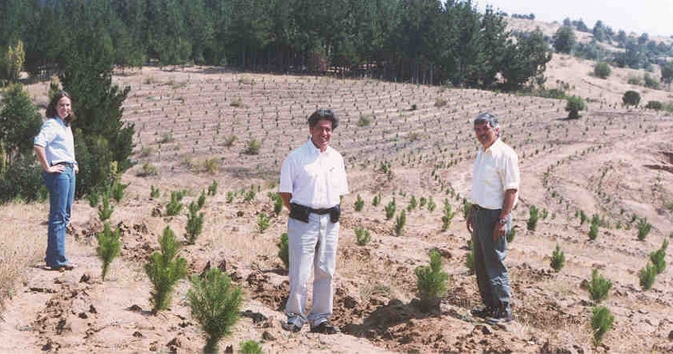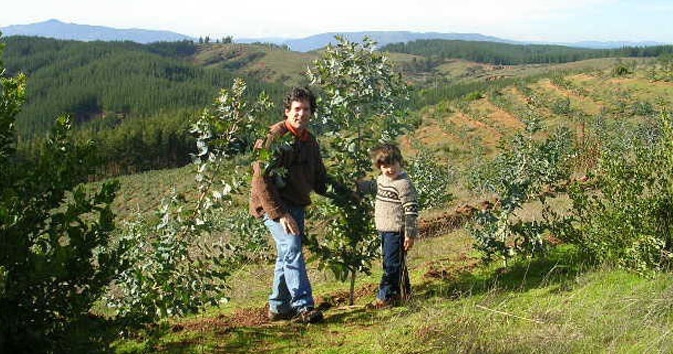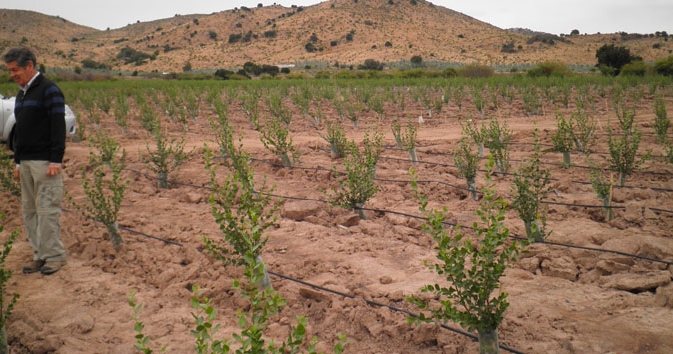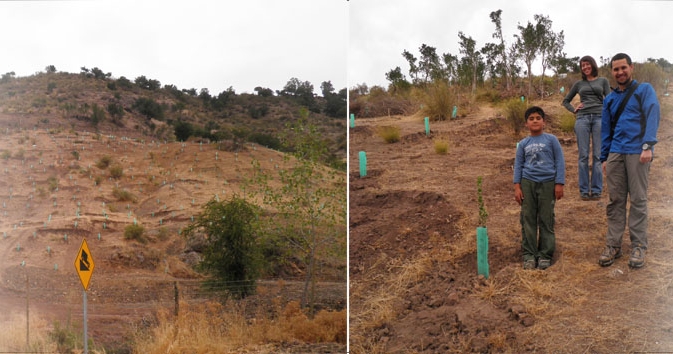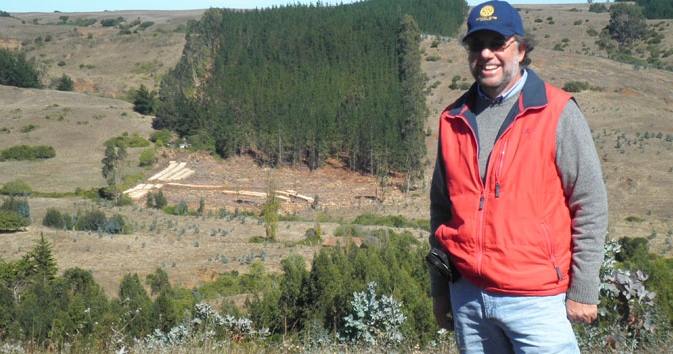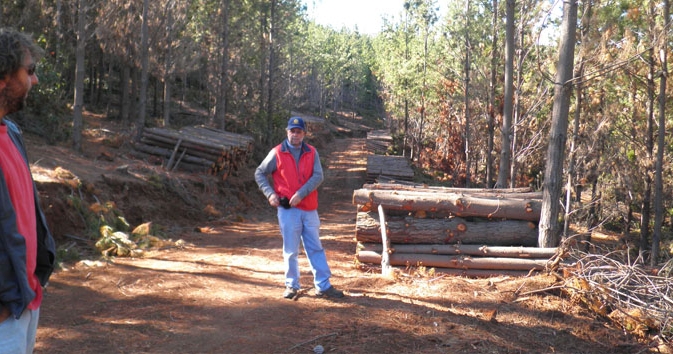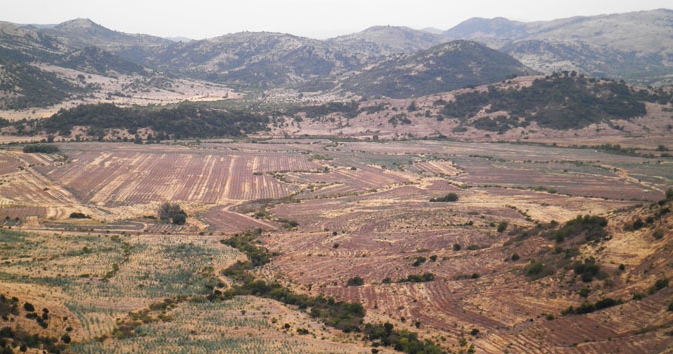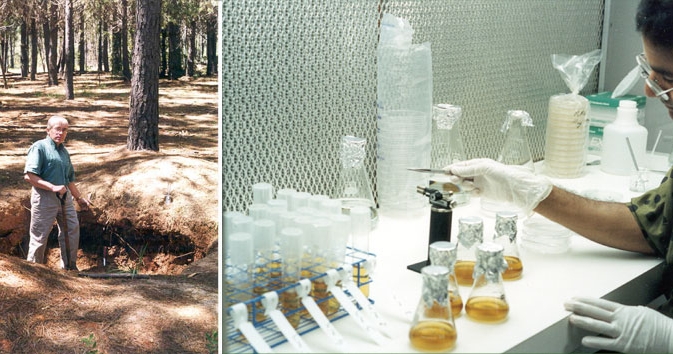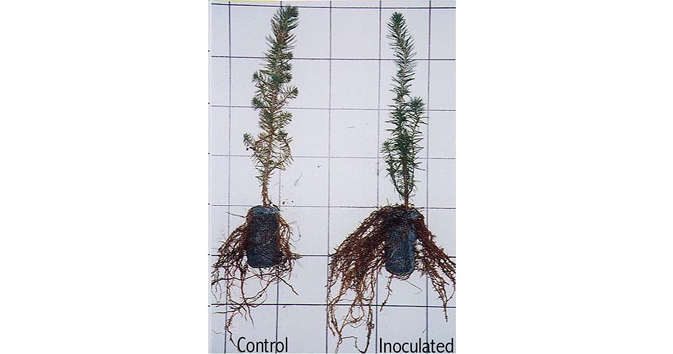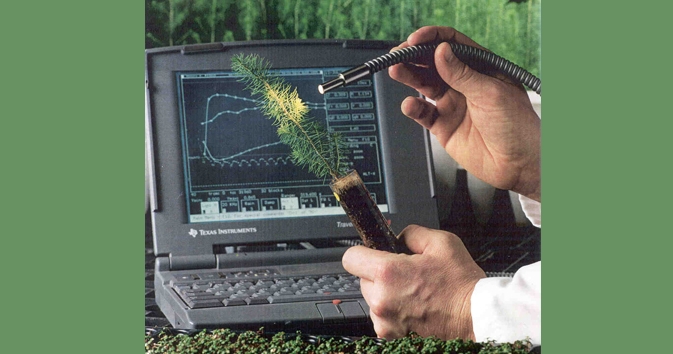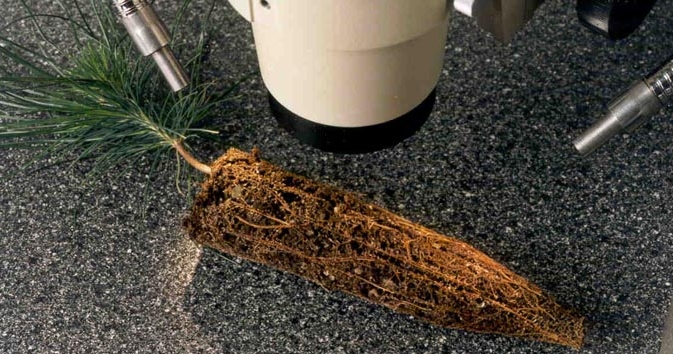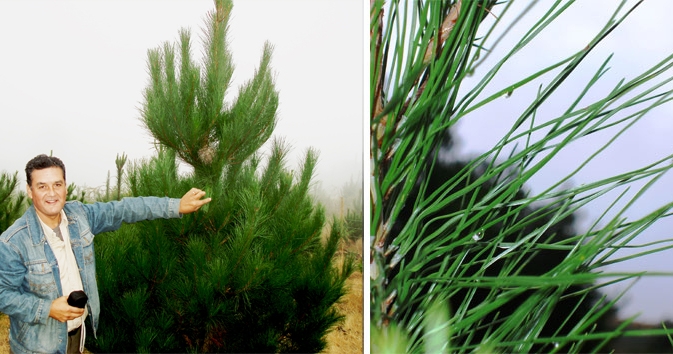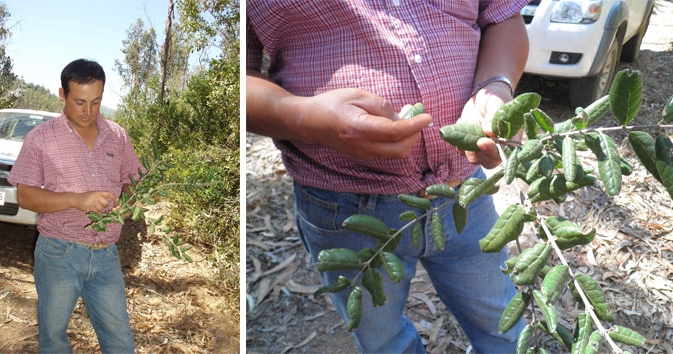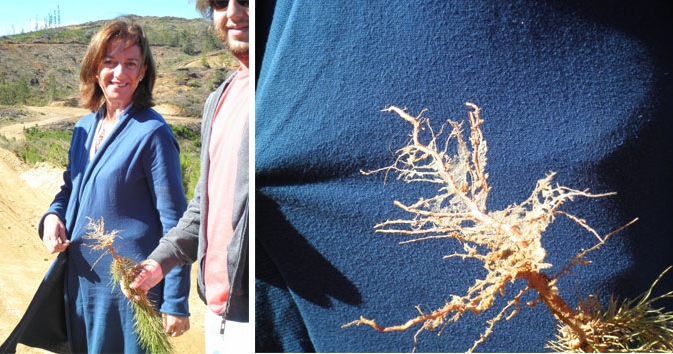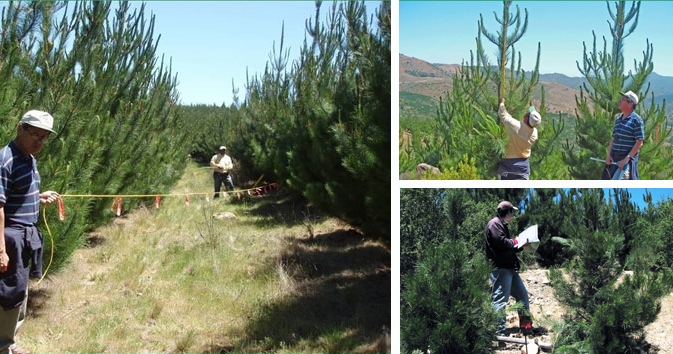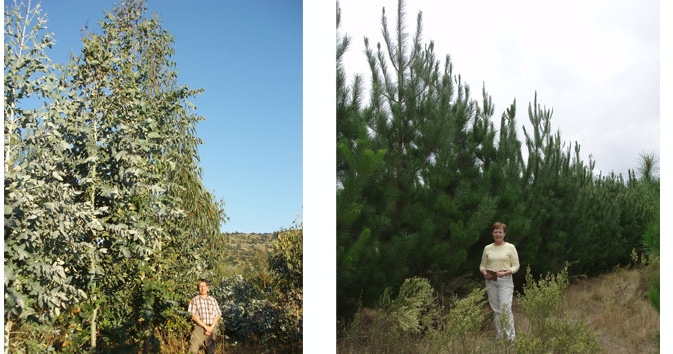More Applications
In addition to their Chilean afforestationAfforestation is the conversion of land that has not been forested for a period of at least 50 years, to forested land, through planting, seeding and/or the human-induced promotion of natural seed sources. Mikro-Tek has afforested approximately 7,500 hectares in Chile with faster growing tree species (pine and eucalyptus) that mature in 10 to 25 years, as well as Quillaja saponaria which mature in 80-100 years. Agroforestry is a term used to describe land-use systems and practices where woody perennials are deliberately integrated with crops and/or animals on the same land in order to provide ecological and/or economic interaction benefits. Mikro-Tek's projects have included work with shade grown coffee plantations, bee-keeping with Quillay species in Chile, micro-propagation with bananas, strawberries, stone fruits, as well as inter-planting of nitrogen-fixing species to provide natural fertilizer to targeted plants.
Click here to view the full glossary and Canadian reforestationThe conversion of non-forested land to forested land through planting, seeding and/or the human induced promotion of natural seed sources, on land that was forested, but that was converted to non-forested land (e.g. through forest harvesting). Mikro-Tek's domestic forestry projects fall within this category because they are part of Canada's reforestation program, whereas projects in Chile are considered afforestation projects because they convert grassland to forest.
Click here to view the full glossary projects, Mikro-Tek has demonstrated their technology for applications in the enhancement of soil organic carbon (SOC) sequestrationReduction of net emissions of carbon dioxide (CO2) can be accomplished in two ways: either by reducing the rate at which CO2 is added to the atmosphere (e.g. those produced from burning fossil fuels or from clearing and burning forests), or by increasing sequestration the rate at which CO2 is removed from the atmosphere (e.g. by storing additional carbon in forests, soils and other carbon sinks). The latter can be accomplished through land management activities including re-vegetation, reforestation and afforestation as well as forest, cropland and grazing land management. Through photosynthesis plants remove carbon dioxide from the air, give off oxygen, and store the carbon as biomass. About one half of the dry weight of plant biomass is carbon, and one tonne of carbon in biomass represents 3.67 tonnes of atmospheric carbon dioxide.
Click here to view the full glossary in grassland reclamation and agriculturalLong-term field studies have demonstrated that land management practices such as restoring degraded lands and modifying tilling practices can increase the amount of carbon sequestered in the soil. Under contract with Sustainable Development Technology Canada, Mikro-Tek collected field data in the agricultural and reclamation sectors to qualify and verify the inoculation technology's ability to increase soil organic carbon sequestration.
Click here to view the full glossary projects.
Long-term field studies have demonstrated that land management practices such as restoring degraded land and modifying tilling practices can increase the amount of carbon sequestered in the soil rhizosphere. As part of a CN$3.9 million contract with Sustainable Development Technology Canada (SDTC), Mikro-Tek established trials and collected field data in the agricultural and reclamation sectors to measure the mycorrhizal technology’s impact. Since a 1% increase in soil organic carbon in the top 30 cm of soil can correlate to an additional 166 tCO2/ha[1] this sector shows great potential for supplying carbon emission offsetsOffsets are the mechanism by which the impact of emitting a tonne of CO2 can be negated or diminished by avoiding the release of a tonne elsewhere, or by absorbing a tonne of CO2 from the air (domestically or internationally) that otherwise would have remained in the atmosphere.
Click here to view the full glossary over a relatively short period of time.
Mycorrhizal inoculation of grassland reclamation and agricultural sites has also been shown to increase biomass production and yield. Field data collected from Mikro-Tek’s reclamation grass trials showed that mycorrhizal inoculation increased biomass production of mixed grasses by 23% to 203%. In separate trials conducted on agricultural crops in northern Ontario, average increases in biomass production resulting from mycorrhizal inoculation ranged from 18% to 42% for oats and 18% to 103% for soybean.
The benefits of mycorrhizal inoculation may be of particular importance in the development of dedicated feedstock for the biofuel industry. Mikro-Tek is now able to use their proven project template from the forestry sector to expand and diversify their carbon project portfolio in Chile and in many other countries where increased crop yield or increased fibre production per hectare of land will address multiple environmental objectives such as:
- reduction of atmospheric carbon;
- rehabilitation and utilization of unproductive land;
- reduction in the dependency on expensive chemical additives such as fertilizer;
- alleviation of poverty through alternative revenue for low-income landowners; and,
- increase in feedstock production rates for next generation biofuel production facilities.
Mikro-Tek has developed a business model for the application of their mycorrhizal inoculation technology in Chile for the use of dedicated energy plantations for biomass-fired power plants. It serves as an example of the opportunities that exist for one application of the technology, but the model is readily transferable to other plant species and geographic areas.
[1] Gottlieb Basch & Friedrich Tebrugge, 2001. The Importance of Conservation Tillage with Regard to the Kyoto Protocol. International meeting on Climate Change and the Kyoto Protocol, Evora, Portugal.

